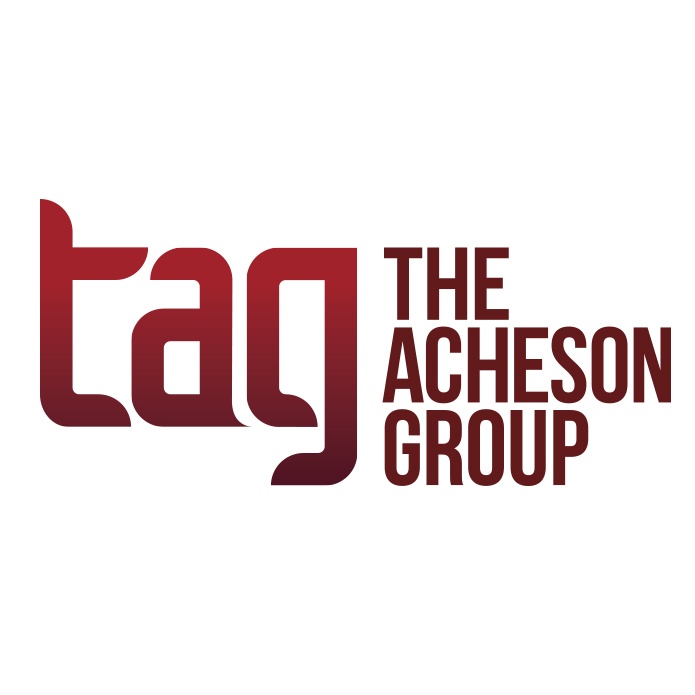Here’s What FDA Says About Convening a Panel When FDA published the GRAS Final Rule in August 2016, a Consumer Reports headline read: “GRAS: The Hidden Substances in Your Food – Critics say the FDA’s newest rule on ingredients ‘generally recognized as safe’ leaves consumers at risk.” Stating that it “allows food companies to add new ingredients to the food supply with almost no federal oversight” and “puts consumers at risk by allowing the food industry to bypass crucial safety checks for new ingredients,” the article went on to give a history of the “confusing rule” and detail why it feels the rule falls short. Perhaps this perspective, shared by other watchdog groups, was part of the impetus for FDA’s November publication of Draft Guidance on Best Practices for Convening a GRAS Panel. The guidance is intended, primarily, to provide recommendations to reduce the risk of bias, or its appearance, that would affect the credibility of a panel convened for a GRAS evaluation. As the guidance states, in convening a panel, the GRAS proponent relies on panel members to “act as a proxy for the larger scientific community knowledgeable about the safety of substances directly or indirectly added to food and, in so doing, relies on the outcome of the GRAS panel’s analysis to support the proponent’s conclusion that the safety of the intended use is ‘generally recognized’ by qualified experts.” FDA’s recommendations in the guidance focus on three key areas: 1. Identify GRAS panel members who have appropriate and balanced expertise. FDA provides the example of the NASEM Policy which states that the knowledge, experience, and perspectives of potential members of a committee be thoughtfully and carefully assessed and balanced in terms of the subtleties and complexities of the particular scientific, technical, and other issues to be addressed and the functions to be performed. Additionally, failure to include an appropriate discipline can compromise the panel’s analysis, and even within a particular discipline, there may be differences and distinctions that require consideration in the committee composition. As such, FDA recommends that a GRAS panel include chemistry or biochemistry, toxicology, exposure assessment, and other relevant experts who have expertise that reflects the physical, chemical, and biological properties of the food substance and the scientific questions of conditions of its intended use. The guidance includes a table with examples of recommended expertise based on the food substance or the conditions of its intended use. 2. Reduce the risk that bias, conflict of interest, or the appearance either will affect the credibility of the GRAS panel’s output. In this area, FDA cites a NAM report which states that explicit, systematic methods for reviewing evidence and developing and documenting practice guidelines is important for reducing the potential of bias related to intellectual and professional preconceptions, financial interests, or other. The guidance provides specific examples of how a panel or its procedures could introduce bias into its deliberations, e.g., the seniority or perceived status of certain panel members, influence of the group leader, lack of discussion of significant issues, and the way information is presented. FDA uses the example of its own process for determining conflicts of interest, or appearance thereof, on its advisory committee: Its principal tool is a flowchart, or algorithm, that sets out the questions and considerations to address in a step-wise manner. The first two steps assess whether the subject matter of the meeting is a particular matter, and if it would have a direct and predictable effect on the financial interests of any organization. To address potential individual impartiality, 5 CFR 2635.502 implements the ethical principle that a government employee must not give preferential treatment to any private organization or individual or use public office for private gain, and must take appropriate steps to avoid even an appearance of violating these ethical principles. Section 502 places the initial burden of identifying potential appearance issues on the potential advisory committee member. Along these lines, FDA recommends that the organizer, the proponent’s attorney or agent, or employees of the proponent, organizer, or the proponent’s attorney or agent not be members of a GRAS panel. But the person could act as a scientific advisor by providing factual information to the panel without participating in deliberations or by participating in deliberations without providing an opinion that would be included in panel report. Further in the guidance, FDA discusses additional recommendations and criteria for assessing and reducing conflicts of interest. 3. Limit the data and information provided to a GRAS panel to public information. General recognition of safety through scientific procedures may be corroborated by the application of unpublished data or methods, but to satisfy GRAS criteria, qualified experts must be able to reach a GRAS conclusion without access to “corroborative” information. Thus, the conclusion must be based on generally available and accepted scientific data, information, or methods, which ordinarily are published, as well as the application of scientific principles. For example, there could be no basis for a GRAS conclusion if trade secret or other non-public information is necessary for qualified experts to reach it. However, FDA recommends a description of all data and information that could raise a safety question be provided to the panel, whether or not it is publicly available, to ensure data and information is complete, representative, and balanced. In addition, and to accomplish these key objective, FDA recommends that a written GRAS panel policy be developed to: Assess and balance the knowledge, experience, and perspectives of potential GRAS panel members in terms of the subtleties and complexities of the particular scientific and technical issues applicable to the food substance and its intended use in human food or animal food. Consider and take steps to address procedural issues associated with the organization and deliberations of the GRAS panel. Consider and take steps to assess potential GRAS panel members for conflicts of interest and appearance issues. Document how the written GRAS panel policy was applied to the selection and vetting of each panel member. Take steps to provide transparency and clarity regarding the selection and vetting of each panel member. To assist in GRAS determinations, FDA also published Guidance for Industry: Regulatory Framework for Substances Intended for Use in Human Food or Animal Food, as a reference of key resources for evaluating the safety of a substance under the conditions of its intended use and whether the available data and information satisfy the GRAS criteria. We have discussed GRAS issues in prior newsletters and the main point I am trying to convey with this summary of the most recent draft guidance from FDA on the GRAS topic is that it continues to be an important and vulnerable area for the food and beverage industry. If you are using new GRAS determinations I urge you to look at your process and ensure that it is following FDA guidelines, and thus not lay yourself open to criticism that you are driving the result to one that fits your needs. Be openly transparent and ensure the GRAS panel takes into account all the information available, including any adverse events, and, finally, make all that information public. About The Acheson Group (TAG) Led by Former FDA Associate Commissioner for Foods Dr. David Acheson, TAG is a food safety consulting group that provides guidance and expertise worldwide for companies throughout the food supply chain. With in-depth industry knowledge combined with real-world experience, TAG’s team of food safety experts help companies more effectively mitigate risk, improve operational efficiencies, and ensure regulatory and standards compliance. www.AchesonGroup.com






